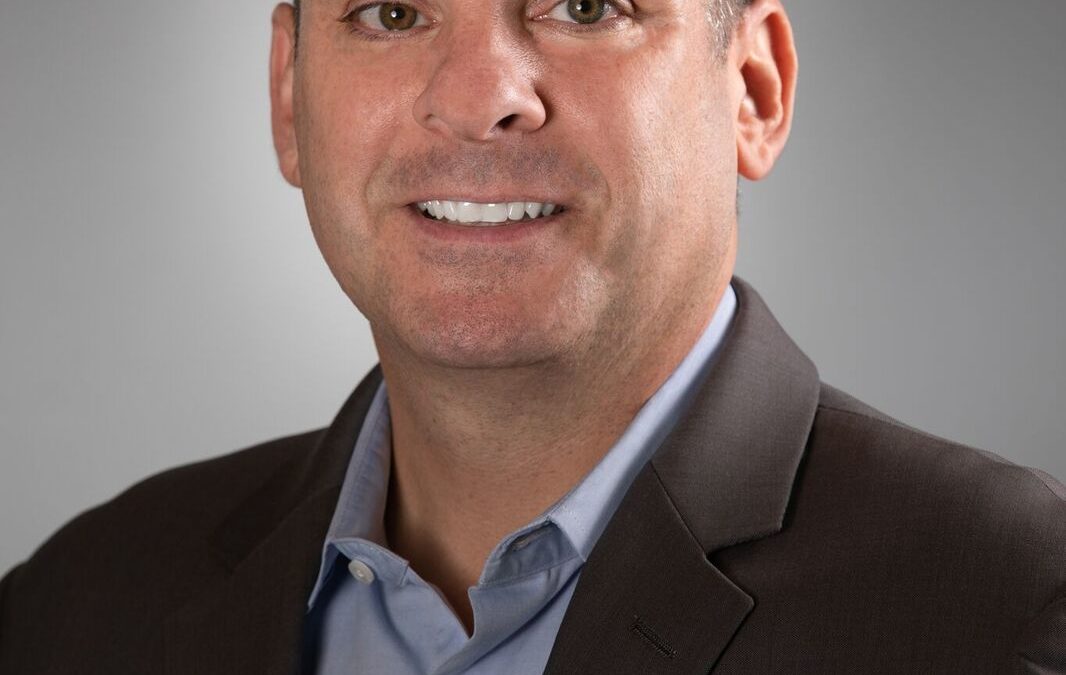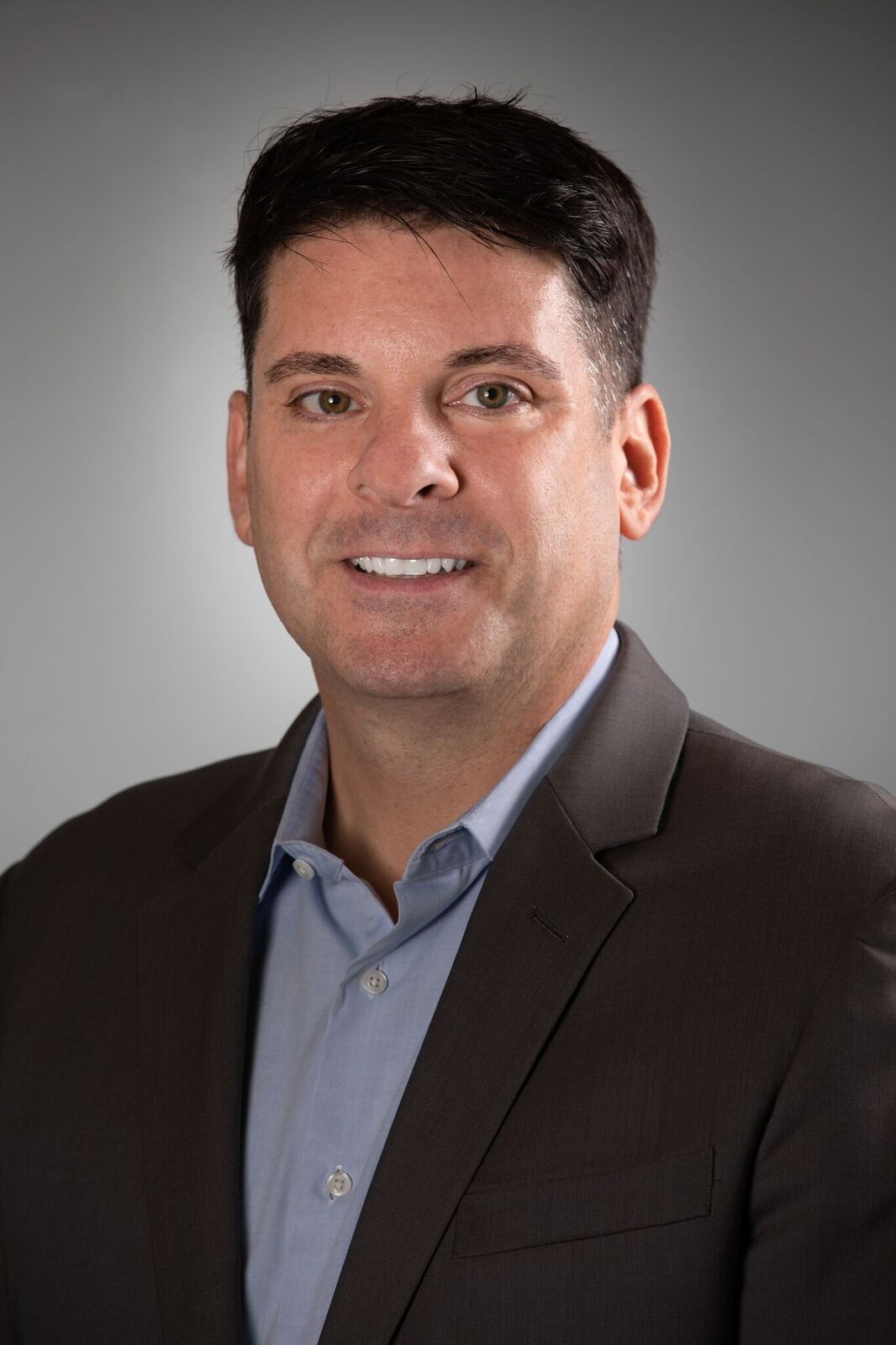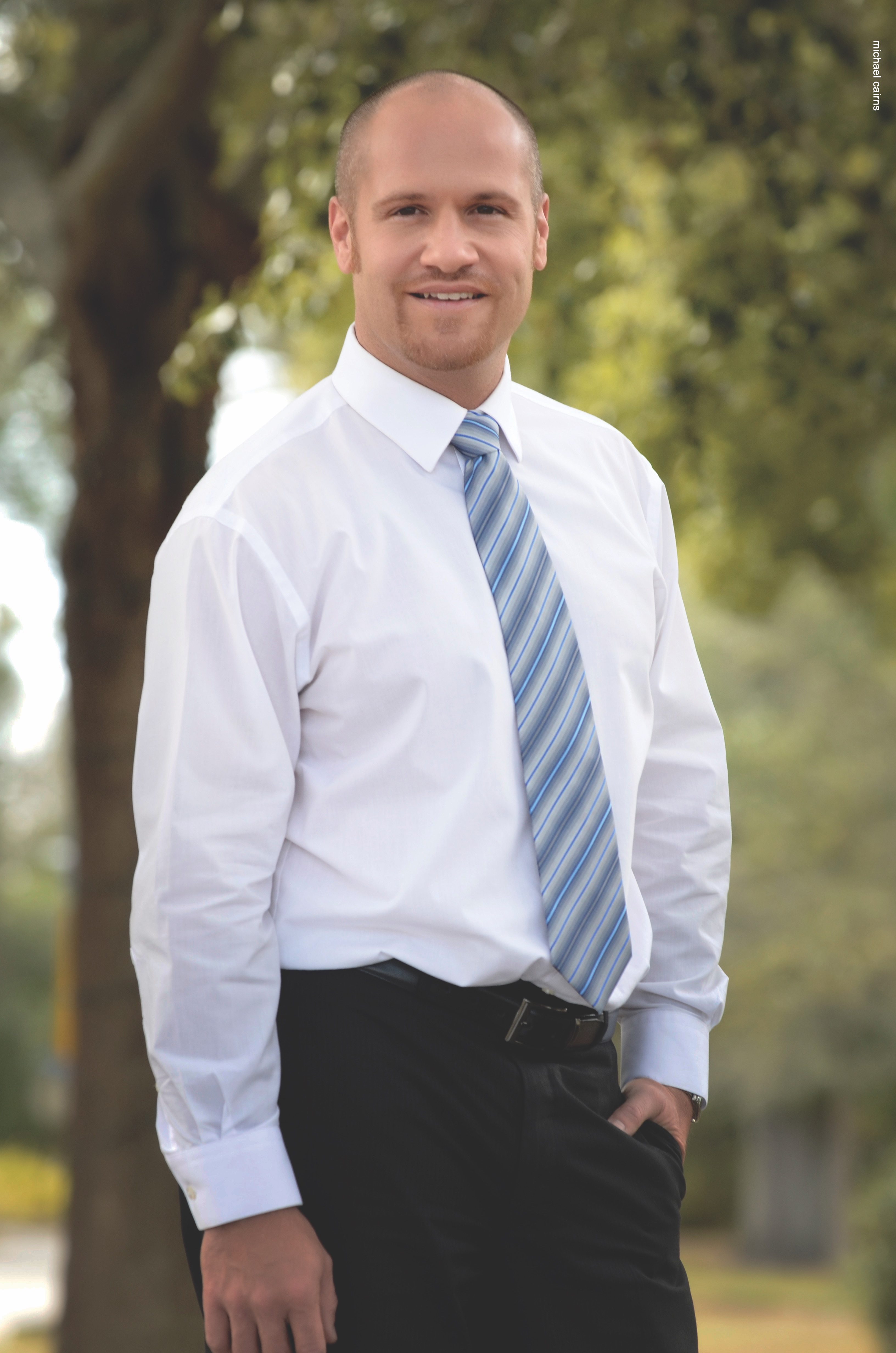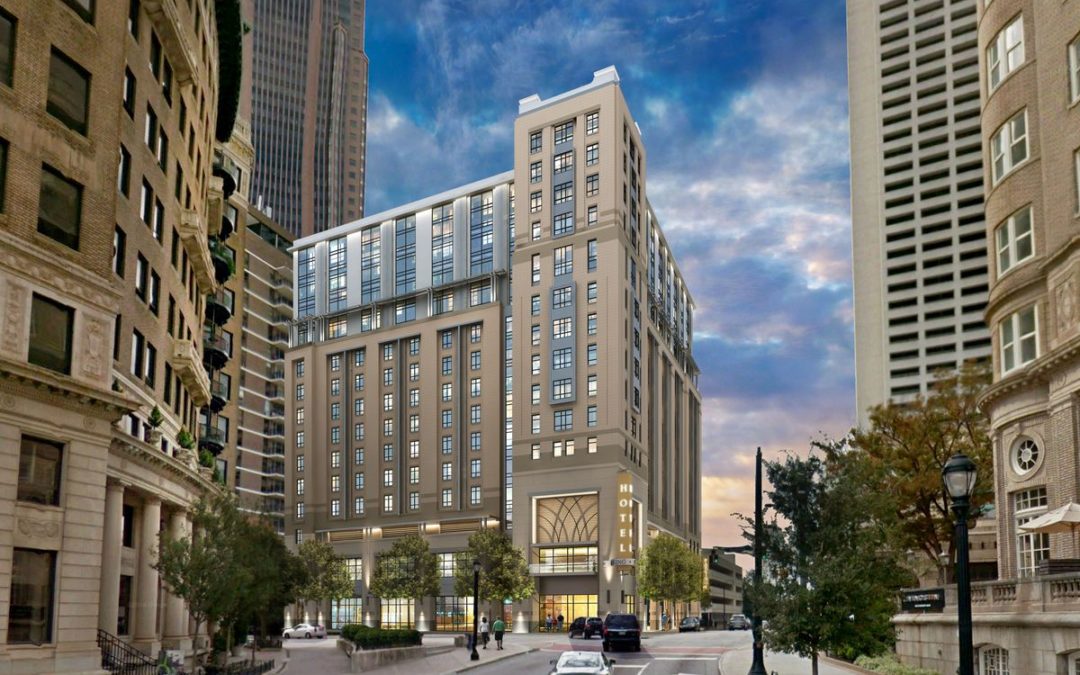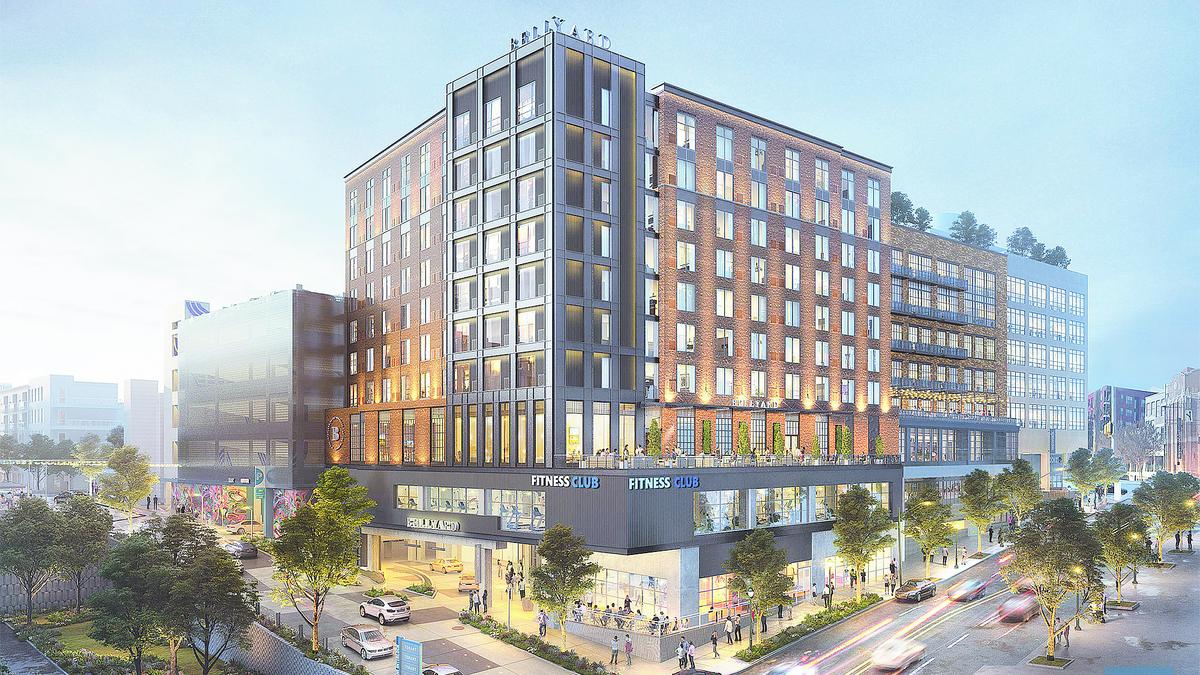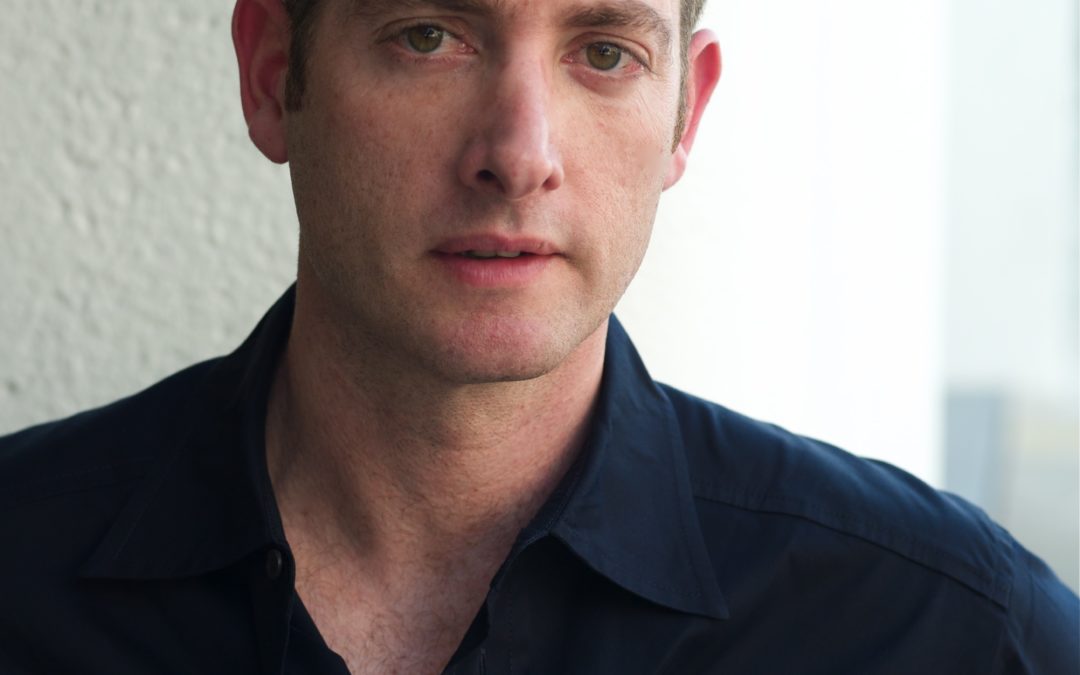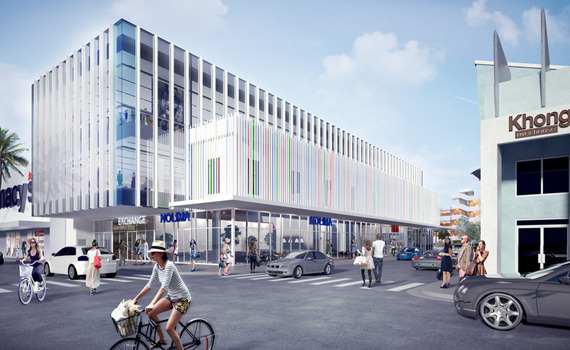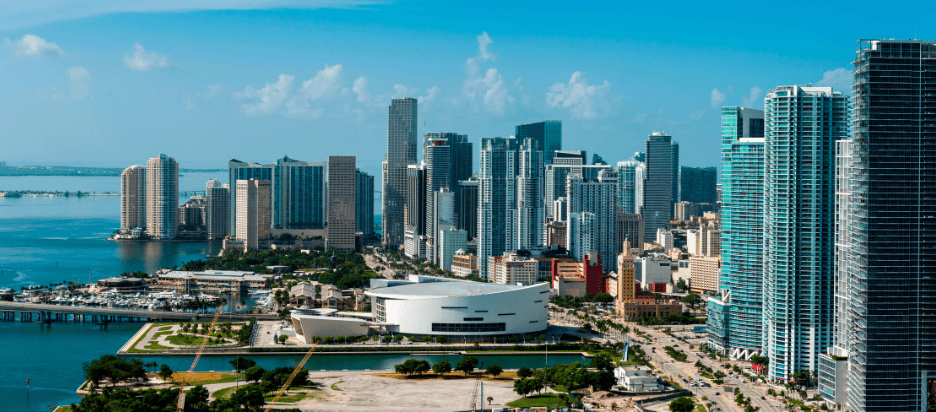
South Florida Collective Combats Gentrification in Palm Beach
By: Sara Warden

2 min read November 2019 — As the 2018 federal tax code kicks into effect, capping deductibility of state and local taxes, demand has skyrocketed for luxury real estate in low-taxing states such as Florida. In the third quarter of 2019, the median price for a luxury home in Palm Beach tripled on the year to $21 million compared with $7.7 million in the same quarter of 2018.
As luxury house prices increase, single family and condo prices are also going up, according to a report by real estate appraisers Miller Samuel. In 3Q19, average sales prices for a condo reached $418,849, up 4.4% on 3Q18, and for a single family home the average price was $11.4 million, up 121.6% on the year. Tellingly, average price per square foot was up across the board, at $1,468/ft2 for a single family home during the quarter compared with $1,363/ft2.
The area is quickly gentrifying, with the Virgin Trains USA express service that runs through the county also pulling up house prices and pushing down affordability. In this environment, creating affordable housing for the residents of Palm Beach becomes ever more pressing. Now, the public and private sectors are joining forces to take action and create the South Florida Housing Link Collaborative, an ambitious affordable housing project.
The project will target the route of the Brightline, deploying a $5 million investment by JP Morgan Chase to upgrade existing units and build new, more affordable accommodation. “Transport is the biggest expense after housing,” said Mandy Bartle, executive director of the South Florida Community Land Trust (SFCLT), to the Miami Herald. “We decided to hone in on this corridor because the people who most need public transit are a lot of the folks who already live in these areas near the railway and are the most likely to get pushed out by gentrification.”
As well as the $5 million in direct investment in the project, it is expected to garner $75 million in external capital from both the public and private sectors. Joining the SFCLT is the Community Land Trust of Palm Beach County, nonprofit Enterprise Community Partners, Florida Community Loan Fund, and the Solar and Energy Loan Fund (SELF). SELF provides small loans to homeowners for solar energy or hurricane-resilience technologies, providing $10 million worth of loans in their 10 years in business.
Duanne Andrade, the chief financial officer at SELF, said in an interview with Next City that those living on the path of new transit projects are often the most vulnerable to gentrification. Cindee LaCourse-Blum, executive director of the Palm Beach County CLT, added that climate change compounds the problem.
“Housing and transportation eats up the majority of incomes in Palm Beach County, in addition to the risks that we are seeing with climate change and sea-level rise and a lot of people coming back into the urban corridor and gentrifying those neighborhoods,” she said to the same publication. “What I’m hoping to see is that residents of these communities have access to safe, affordable, resilient housing, and they’re not pushed out of their neighborhoods.”
To learn more about our interviewees, visit:
http://southfloridahousinglink.org/



